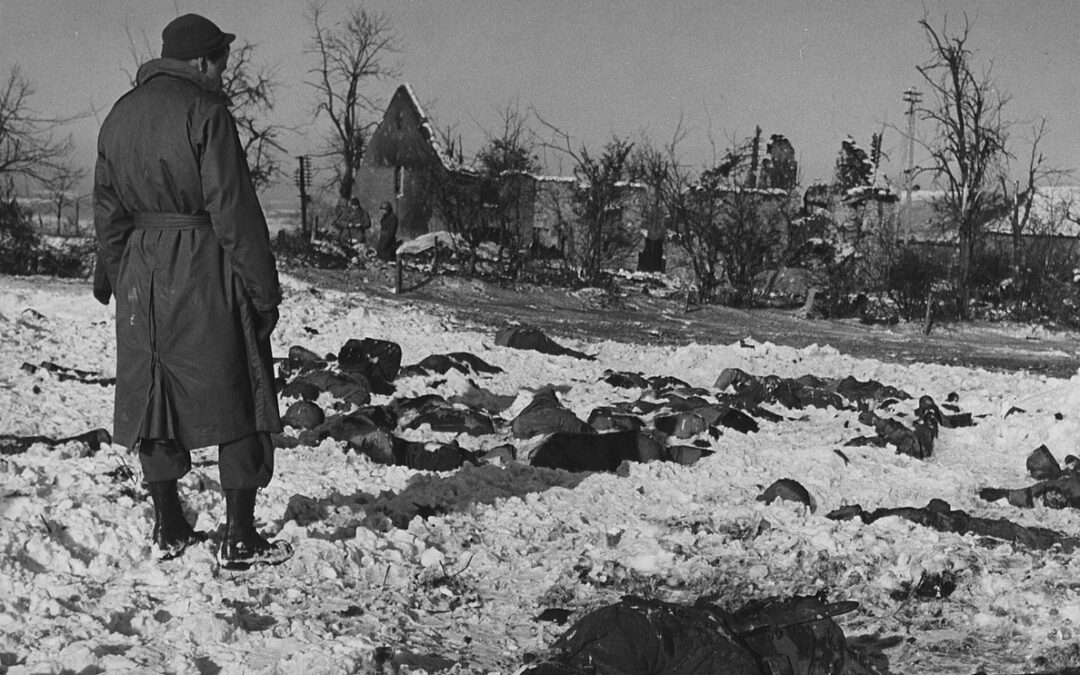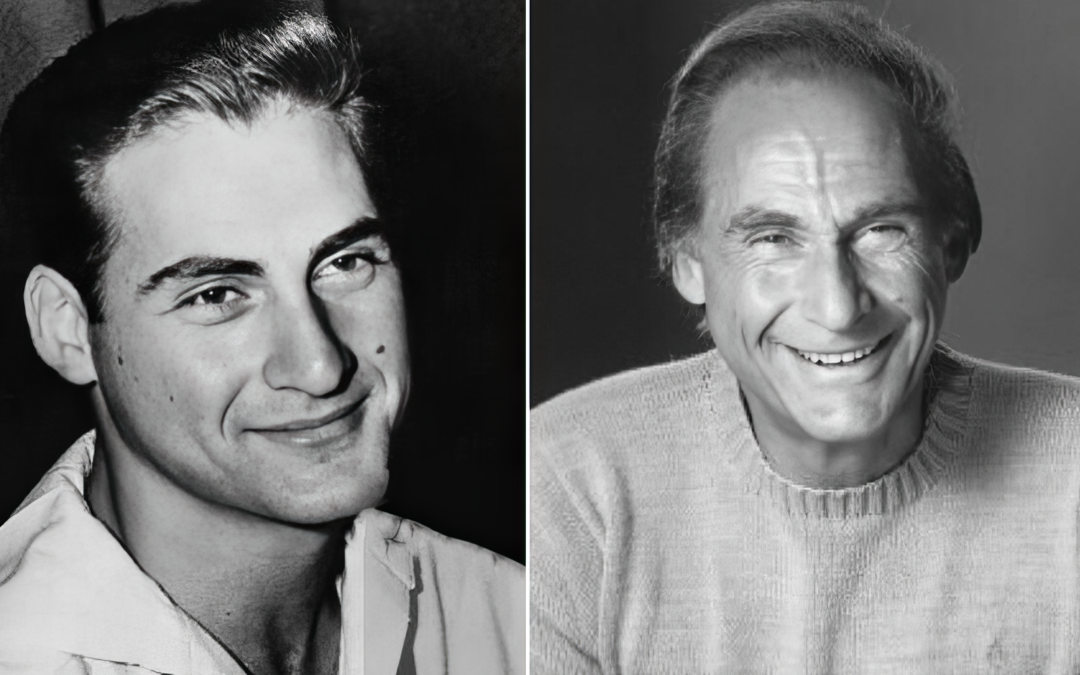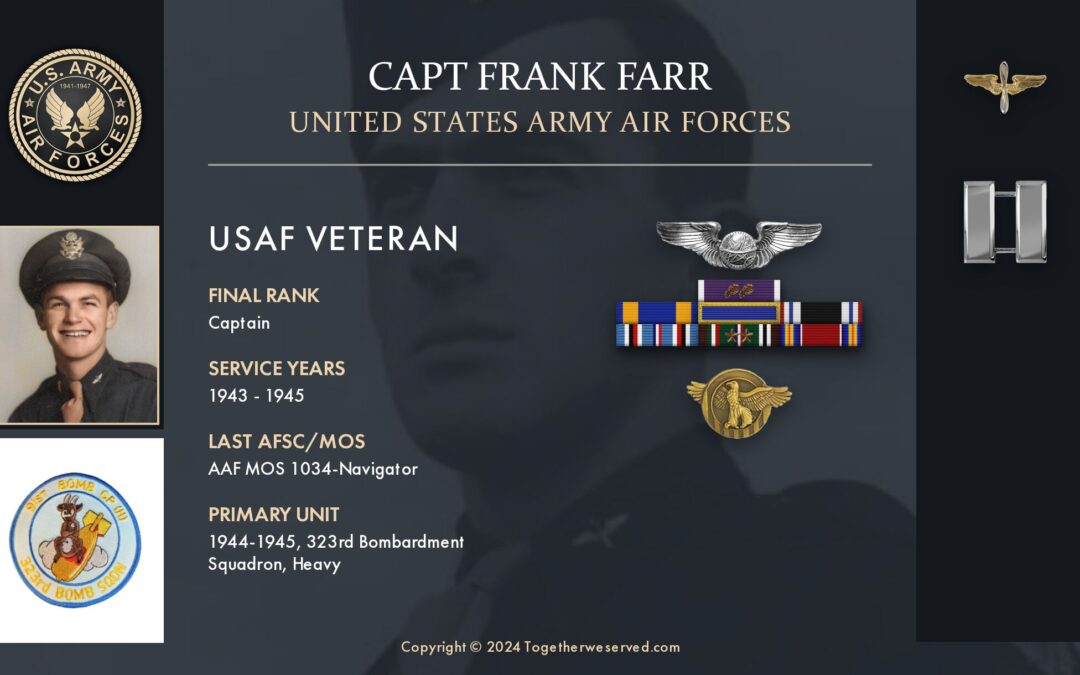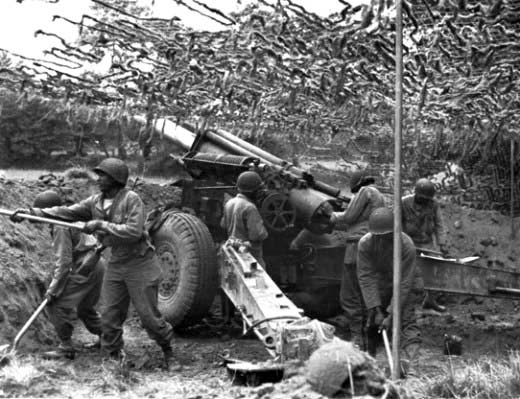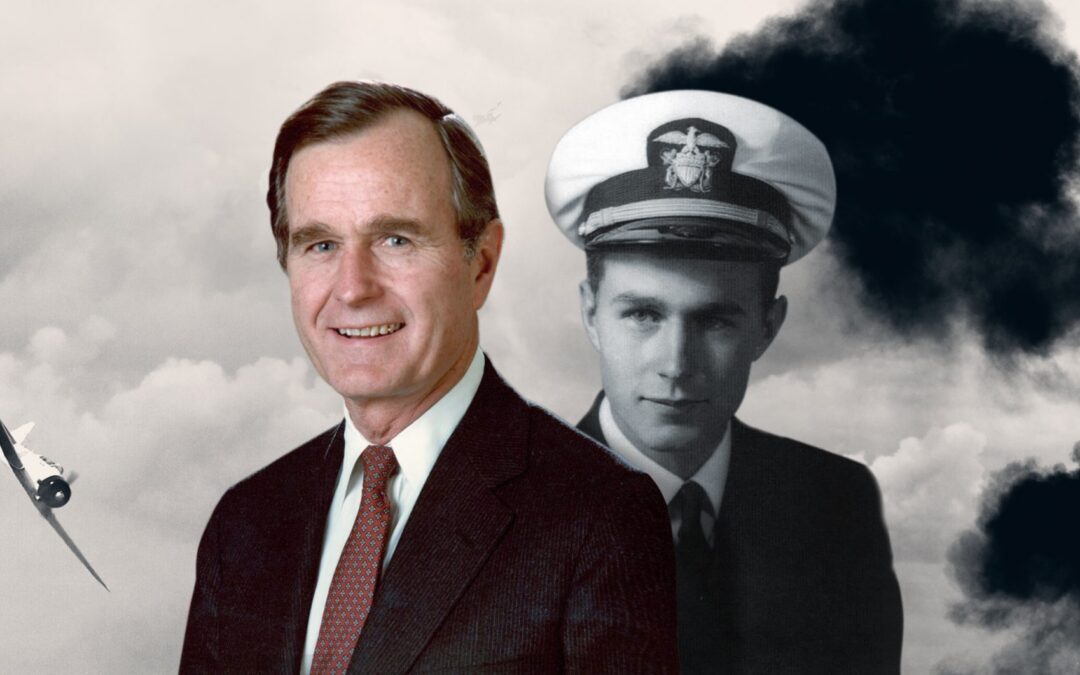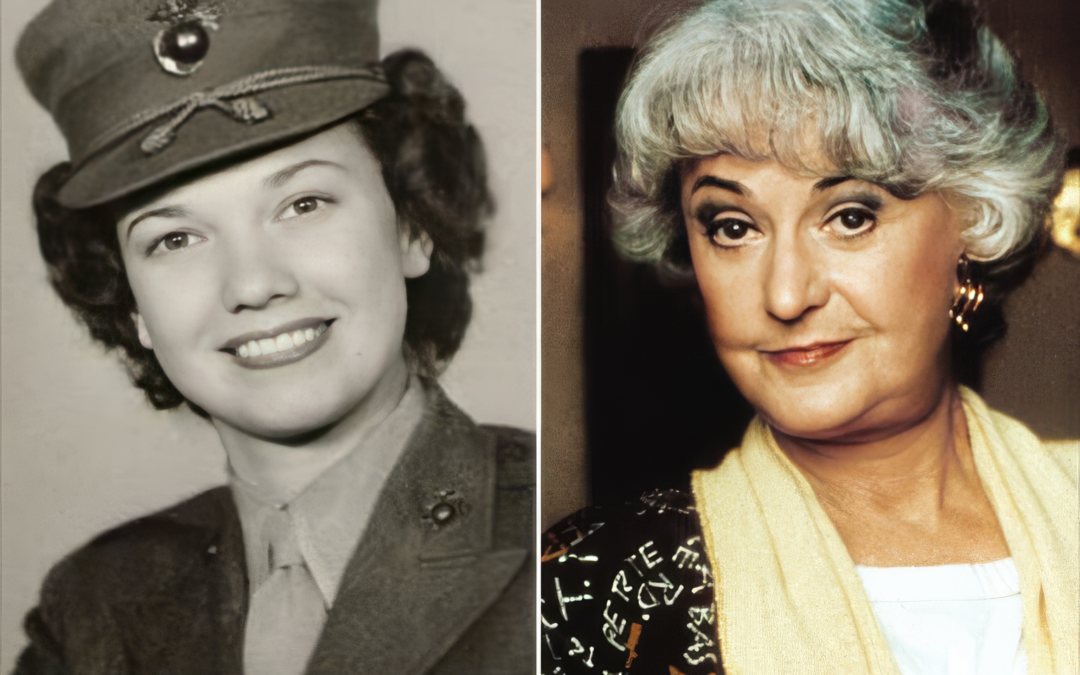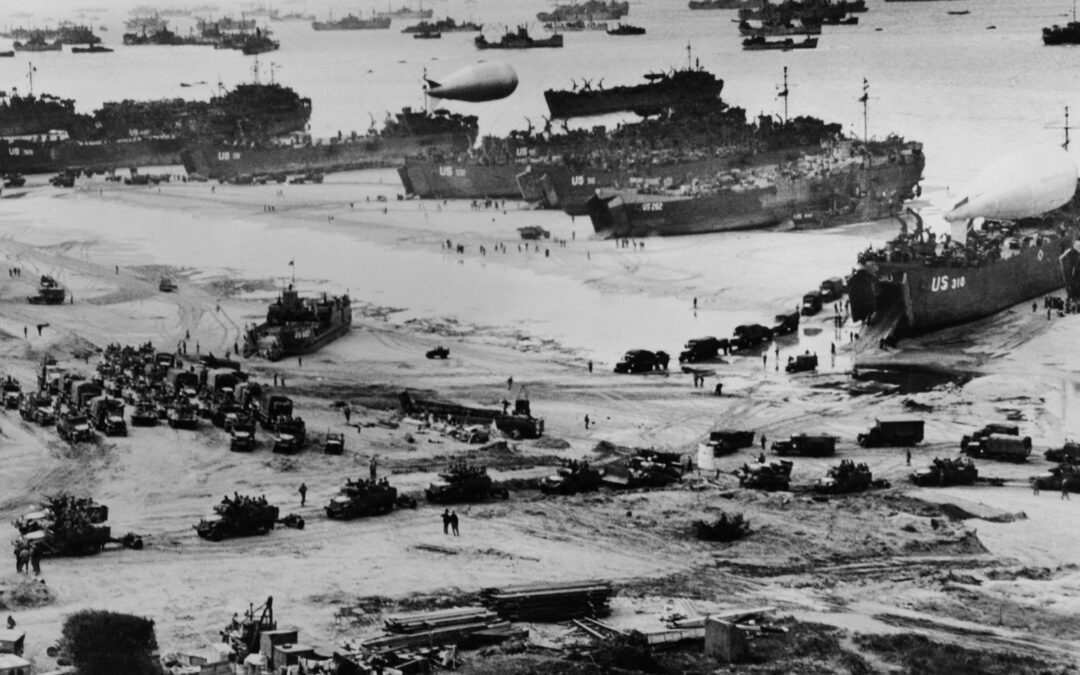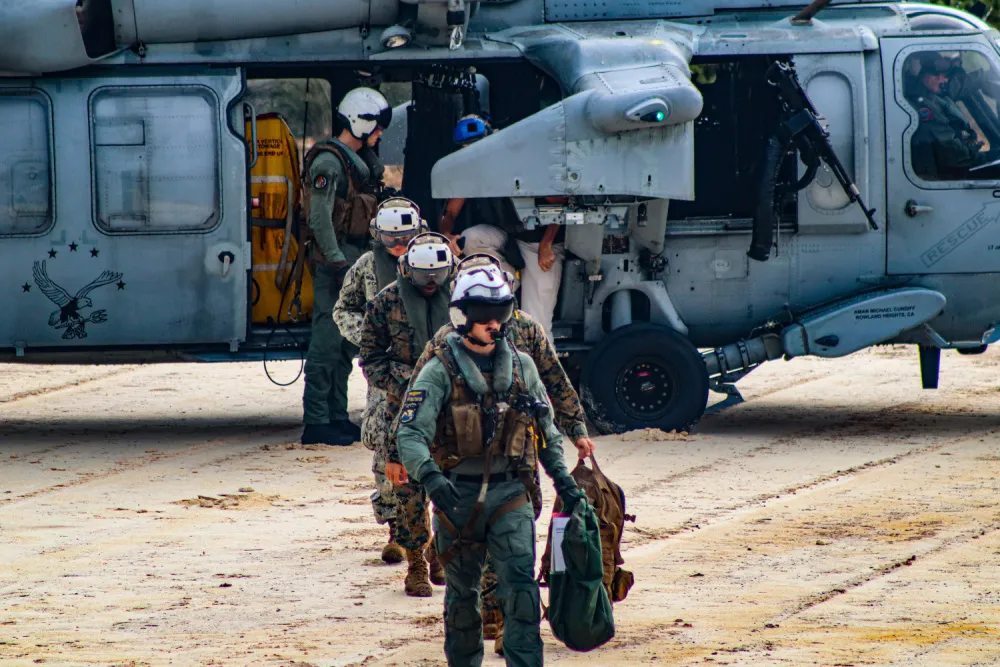In the last German offensive of World War II, three German Armies conducted a surprise attack along a 50 mile front in the mountainous and remote Ardennes Forest beginning on December 16, 1944, and quickly overtook thin U.S. lines during what became known as the Battle of the Bulge, the deadliest battle in the European campaign. On December 17, men from Battery B of the 285th Field Artillery Observation Battalion were ordered to move from Schevenhutte, near Aachen, to St Vith in the Ardennes. Their route took them near to the town of Malmedy. On their journey, on the N-23 St Vith road that passed to the east of Malmedy, Battery B met up with Lt. Colonel David Pergrin of the 291st Engineer Combat Battalion. Pergrin had heard that the Germans were along the route which the men from Battery B were taking. He advised them to take a different route to St Vith. However, the officers in charge of the battery decided that they had their orders and, ignoring Pergrin's advice, continued along...
